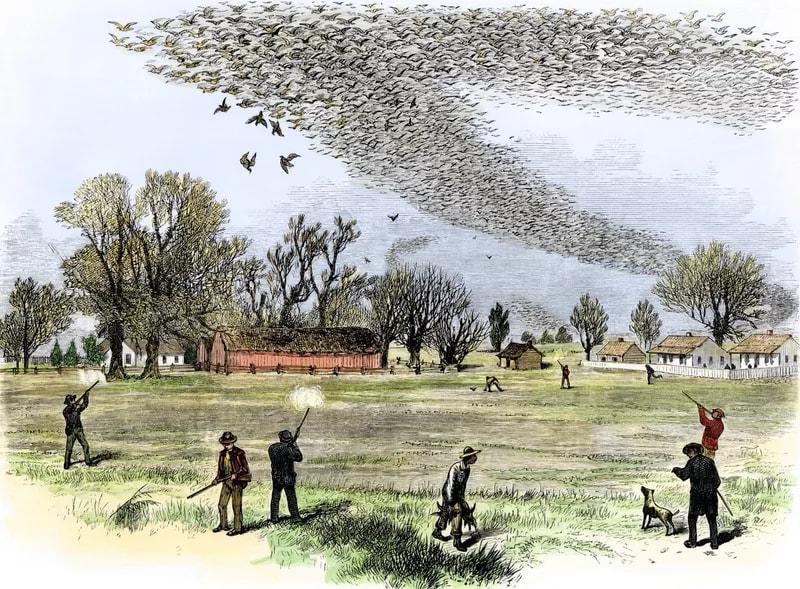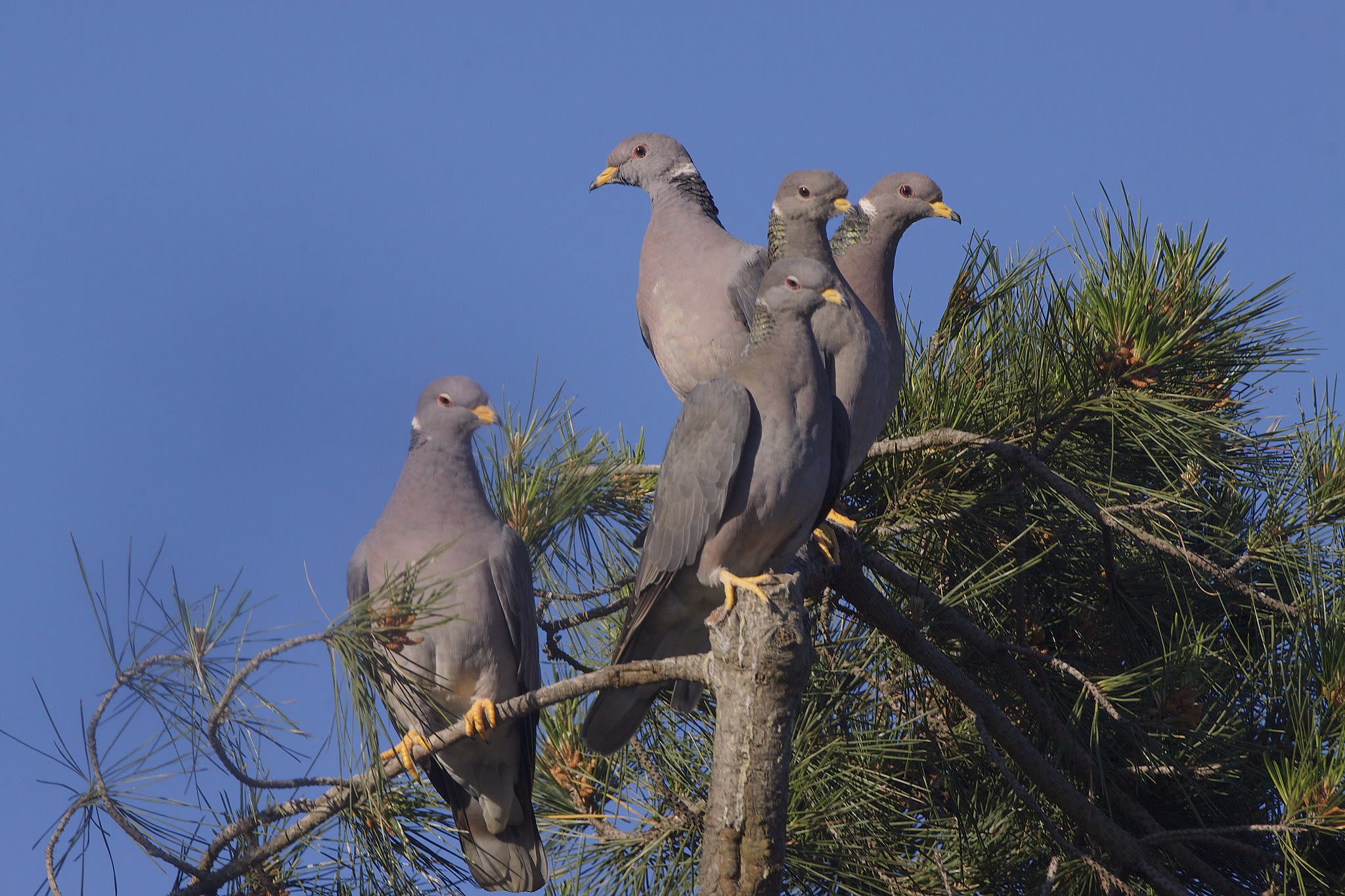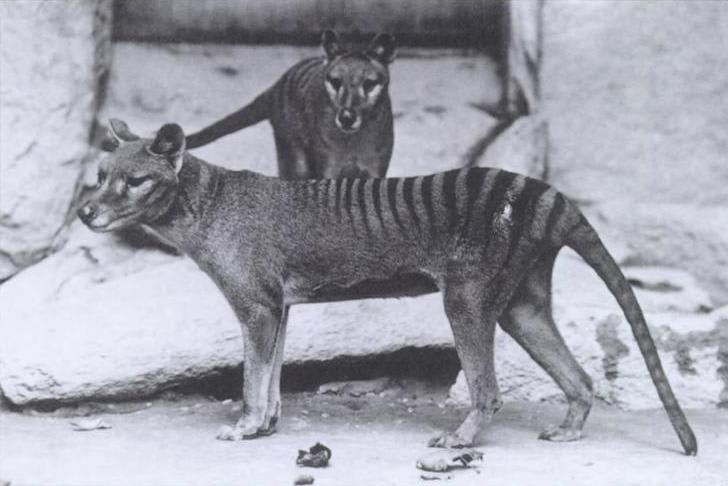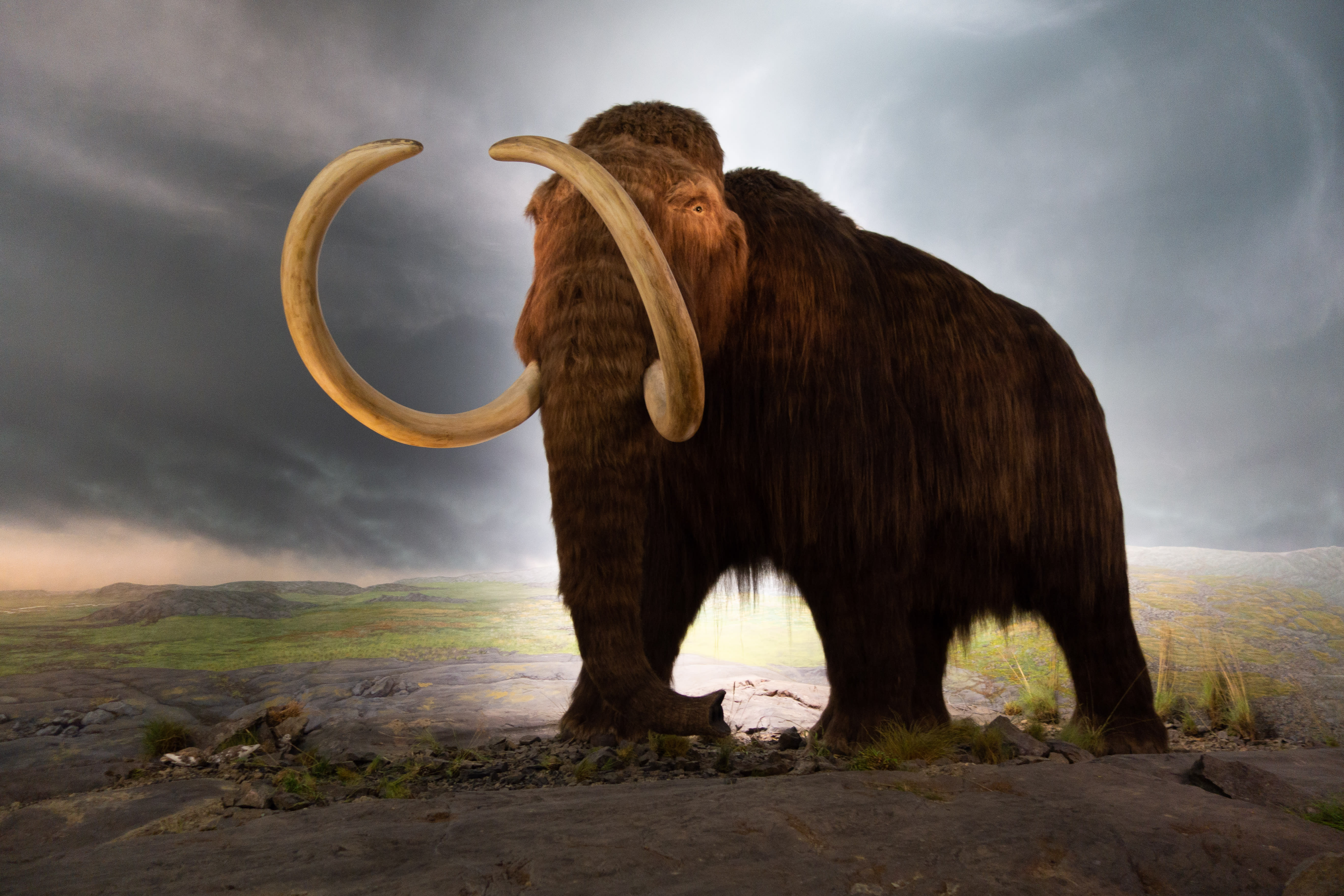Ben Novak was 14 when he decided to dedicate his life to resurrecting extinct animals. Now, aged 35, Novak is a de-extinction biologist with Revive & Restore, an American organisation aiming to enhance biodiversity through the genetic rescue of extinct and endangered species.
Novak leads a project to revive the passenger pigeon, a bird once so abundant in the eastern US that its flocks were said to block out the sun. The pigeons died out in captivity in 1914.
Novak is part of a growing movement looking to bring about ‘de-extinction’ of animals, like the woolly mammoth and Tasmanian tiger. However, some critics say rather than trying to revive species from extinction we should put more effort into saving endangered animals.
Novak tells Saturday Morning the two endeavours are not mutually exclusive and his desire to re-establish the passenger pigeon is a labour of love.
“I’m someone who fell in love with this species when I was kid, much like there are people in Australia that fall in love with the tragic story of the thylacine [Tasmanian tiger] and how incredible that species was," he says.
He says if scientists can bring that species back there’s no reason why they can’t bring back extinct New Zealand bird species like moa and huia.
There are five basic steps to bringing back species. The first step is getting the DNA from the bird, which is getting easier as science develops, he says.
“I working with Beth Shapiro and a team of 20 scientists at the UCSE paleogenomic laboratory, with help from over 100 museums. Even amateur archaeologists got DNA from lots of sample of passenger pigeons - it’s not so difficult to get the DNA out of a little piece of skin from a museum specimen, or from a bone that was buried in the ground."
It can then be sequenced and compared to the genome, the whole set of DNA of a living species - a close relative - and for our work that’s the North American band-tail pigeon.
The next step is taking this information and using it to carry out gene editing, something that has revolutionised the field over the past decade, he says.
“With this technology we can take the living gene of the band-tail pigeon and we can go to a specific gene and we can change the letters and the code to match what the passenger pigeon’s DNA used to be in the past. So, we can start to transform or re-evolve the passenger pigeon from the living band-tail pigeon.”
It’s achieved in a petri dish and when the cells grow these are inserted into a surrogate mother and father. The scientists have a novel way of recreating the lost species of bird.
“This is a unique case for birds where we don’t actually create the embryo first," Novak says.
"We put the cells into the parents and then we let them make the baby the old-fashioned way and the eggs of band-tail pigeons or even possibly domestic street pigeons will hatch a new passenger pigeon.
The final two steps involve breeding up enough of them in conservation breeding programmes and adapt them back into the wild. Scientists and conservationists across the world have become adept at introducing species back into habitats.
“Those last two steps are really old conservation,” he says.
Novak thinks they’ve captured enough of the DNA to make it work.
“We’ve got about 86 to 90 percent of it, that’s as about as good as I think we’re going to get. The 10 to 15 percent or so that is missing seems to be in regions of the DNA that won’t affect the overall phenotype, or traits of the animal. This is different with every species you work with.”
Further work with band tail breeders and others will allow researchers to capture another couple of percent of mapped genome, he says, improving the quality of the work completed from 2013 to 2017.
When recreating other animals other than birds an entire embryo can be cloned, much in the same way the same Dolly the Sheep was recreated, he says. What is holding scientists back currently in this regard is the limited number of gene edits that can be done at any one time.
“We can only make about 30 unique changes to the genome at once," Novak says. "What that means is we can grow the cells, make the change, then we’d need to grow them up again, then we’d have to do some DNA sequencing on them to make sure that the changes were made correctly. Then if we had thousands of millions of changes to make then we’d need to continue to do that process again and again.”
Science is improving though and the ability to make tens of thousands of changes to the genome at once isn’t too far away, he adds.
Recreating a lost animal differs greatly from the procedure to re-introduce a bird.
“We would take the egg cell of a living tiger and remove its DNA and then we would fuse the gene-edited cell with that and that would introduce the gene-edited genome of this extinct tiger and stimulate the embryonic development process," he says.
"We would the take that embryo and implant it into a surrogate mother and several months later we would have the de-extinct version of the tiger and if we make a few of those all at the same time, we get some males and females, we start breeding and go from there.”
There is an issue with cloning birds because of the egg, with the DNA floating in the yoke, making it difficult to work with.
Instead scientists manipulate the stem cell – the primordial germ cell - grow these in a lab, do the gene-editing and then implant those cells into a mother and a father, when they breed they merge the donor gene-edited sperm with gene-edited egg. This has been a routine method used over the past 20 years.
Conditions needed to keep wild bird cells alive in a lab are more complex than for a domesticated chicken, Novak says.
His primary problem now is to find new technology that will keep the germ cells of wild birds alive, taking the cells of a living band-tail pigeon and grow them in the laboratory, so that they can be gene edited, before being implanted into the surrogate mother and father.
Some have argued the position that the ability to recreate animals will lessen the drive of people to conserve existing habitat and species, which is something Novak rejects. He makes the comparison between objections to his methods and those of conservationists in the past, leading to some species being allowed to go extinct.
“It’s very routine today for many endangered species to think of breeding them in zoos or conservation centres and then restoring them. But in the 70s and 80s it was highly controversial, so controversial in fact that some species were left to go extinct because there were people saying ‘if we just bring them into captivity it will cause this problem. People just won’t care anymore.”
He says there was a view in the past that the integrity of the species would be diminished if animals were held in captivity to save them.
“It relates to that idea that if you take something away from its habitat and keep it alive somewhere else, whether its in a zoo, or as digital information on a computer, or cells in a frozen vial, that your problem is put on hold. That you can do whatever you want with the environment and you can restore it later.”
The California condor is an example of how this effort can pay off, with conservation drives in the 1980s successful in restoring numbers and saving the species from extinction, he says.
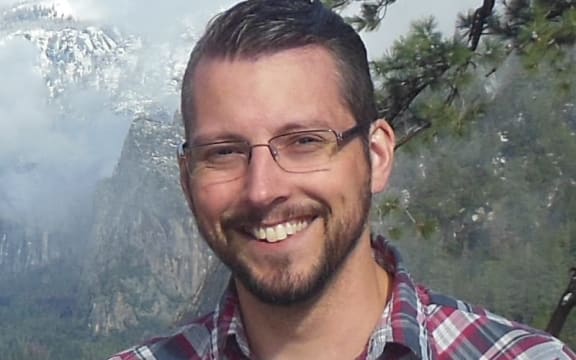
Photo: Revive & Restore
In happened in the face of a group that urged the condor be allowed to go extinct with dignity and naturally. The last remaining condor, named Igor, was caught on Easter Sunday in 1987.
“What’s incredible is about 15 years later the California condor breeding programme was so successful that Igor the last captured wild condor was actually set free again to the wild, exactly where he was caught and got to live out the rest of his life in the wild.”
He says such examples so that an intervention don't create an apathy about conservation, but objections and arguments among conservationists do serious damage.
“In truth there are people who want to exploit the natural world and there are people who want to save it and then most people in between are apathetic. The people who want to exploit it are never going to turn to the other side and the people who want to save it are always going to fight to save it.
“So it’s actually somewhat sad that among the people that want to save it when there’s this infighting about how best to do it and the concerns and what not, because in truth what we actually do is when we pin point some of these potential risks and problems, is we strengthen the people who want to exploit nature and weaken the people who can save it.”


